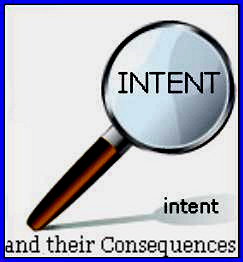When the Estate Assets are Not Sufficient
Section 50 is one of the reforms found in the WESA that results in minimizing or eliminating the historical distinctions between real and personal property.
This section deals with situations where the estate is not large enough to satisfy all of the debts and gifts.
It provides that both land and personal property are to be reduced together as per section 50 (4).
Property charged with the specific debt abates first, followed by residue, then general legacies, then specific legacies ( s 50(5)
Accordingly it is land charged by the will with the payment of debts or legacies that is primarily liable, as otherwise land and personal property abate together.
Rules if assets are not sufficient
50(1) This section is subject to a contrary intention appearing in a will.
(2) If a will-maker’s estate is not sufficient to satisfy all debts and gifts, the debts and gifts must be satisfied or reduced in accordance with this section.
(3) Land charged by the will-maker with payment of debts or pecuniary gifts, or both, is primarily liable for the debts and gifts, despite a failure of the will-maker to expressly exonerate the personal property.
(4) Land and personal property must be reduced together.
(5) Subject to subsection (3), assets are reduced in the following order:
(a) property specifically charged with a debt or left on trust to pay a debt;
(b) property distributed as an intestate estate and residue;
(c) general, demonstrative and pecuniary legacies;
(d) specific legacies;
property over which the will-maker had a general power of appointment




